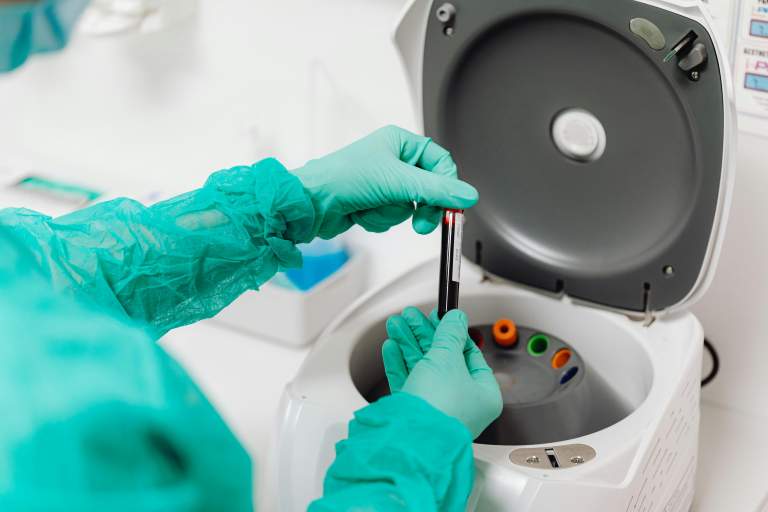Did You Know?

How PRP is Disease-Modifying for Osteoarthritis (OA)
Posted October 22, 2024
PRP therapy can slow the progression of osteoarthritis and protect your joints, offering a revolutionary approach to long-term pain relief and cartilage preservation.
Osteoarthritis (OA) is a common joint disorder that affects millions of people worldwide, leading to pain, stiffness, and reduced mobility. For years, researchers have sought a treatment that could not only relieve symptoms but also modify the disease itself—meaning it could slow down or prevent the progression of OA. Excitingly, Platelet-Rich Plasma (PRP) has emerged as a promising treatment in this regard, with growing evidence that it is disease-modifying for OA.
What Does Disease Modifying Mean?
A Disease Modifying Osteoarthritis Drug (DMOAD) is a treatment that inhibits or reverses the progression of OA. In OA, cartilage—the protective tissue that cushions joints—breaks down over time, leading to pain and inflammation. A DMOAD would ideally prevent further cartilage loss and may even promote the regeneration of cartilage.
PRP as a Disease Modifier for OA
Research has demonstrated that PRP, a treatment made from a patient’s own blood that is concentrated with healing platelets, can help slow down the progression of OA. Unlike traditional treatments that only address symptoms, PRP promotes natural healing by reducing inflammation and potentially regenerating cartilage. Studies have shown that PRP can not only relieve pain and improve joint function but also slow cartilage loss in the knee.
One of the most exciting aspects of PRP therapy is its potential to prevent OA from worsening. A 2022 study looked at over 600 patients with knee OA and found that those treated with PRP had significantly less cartilage loss over a five-year period compared to those who received a placebo treatment. This means that PRP may help protect existing cartilage and maintain joint health over time.
How PRP Works
PRP works by delivering a concentrated dose of growth factors and healing proteins directly to the damaged joint. These substances help to reduce inflammation, stimulate tissue repair, and support the health of the cartilage and surrounding tissues. This makes PRP a unique treatment that addresses the underlying causes of OA, rather than just managing the symptoms.
Better Outcomes with PRP
PRP has been shown to be more effective when prepared with a high concentration of platelets. Studies that used PRP with platelet concentrations of at least 2 times the baseline level (as defined by the Marx criteria) have demonstrated positive disease-modifying effects. PRP treatments with higher concentrations of platelets, such as those used by experts in regenerative medicine, may offer even better outcomes.
A Safer, Non-Surgical Option
For patients looking to avoid or delay surgery, PRP offers a minimally invasive alternative that not only alleviates pain but also helps protect the joint from further damage. PRP is derived from the patient’s own blood, which reduces the risk of side effects and complications compared to more invasive treatments like joint replacement surgery.
At Geraci Spine & Sports Medicine, we offer PRP therapy as a cutting-edge treatment option for patients with mild to moderate OA. If you’re looking for a way to not just manage your OA but actually slow its progression, PRP may be the right choice for you. Contact us today to learn more about how PRP can help you maintain healthy joints and stay active for years to come.
Sources:
- Centeno, C. (2023). “Is PRP a DMOAD? The Influence of Platelet Concentration on Study Failure.”